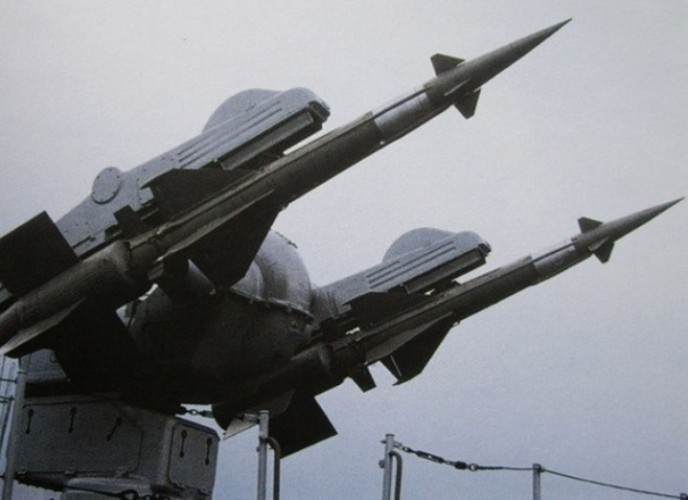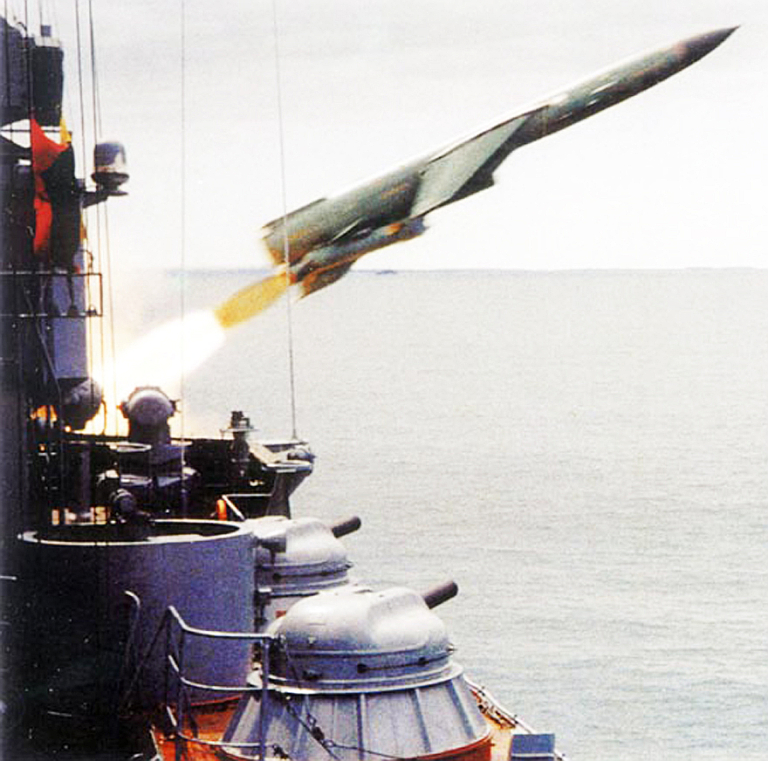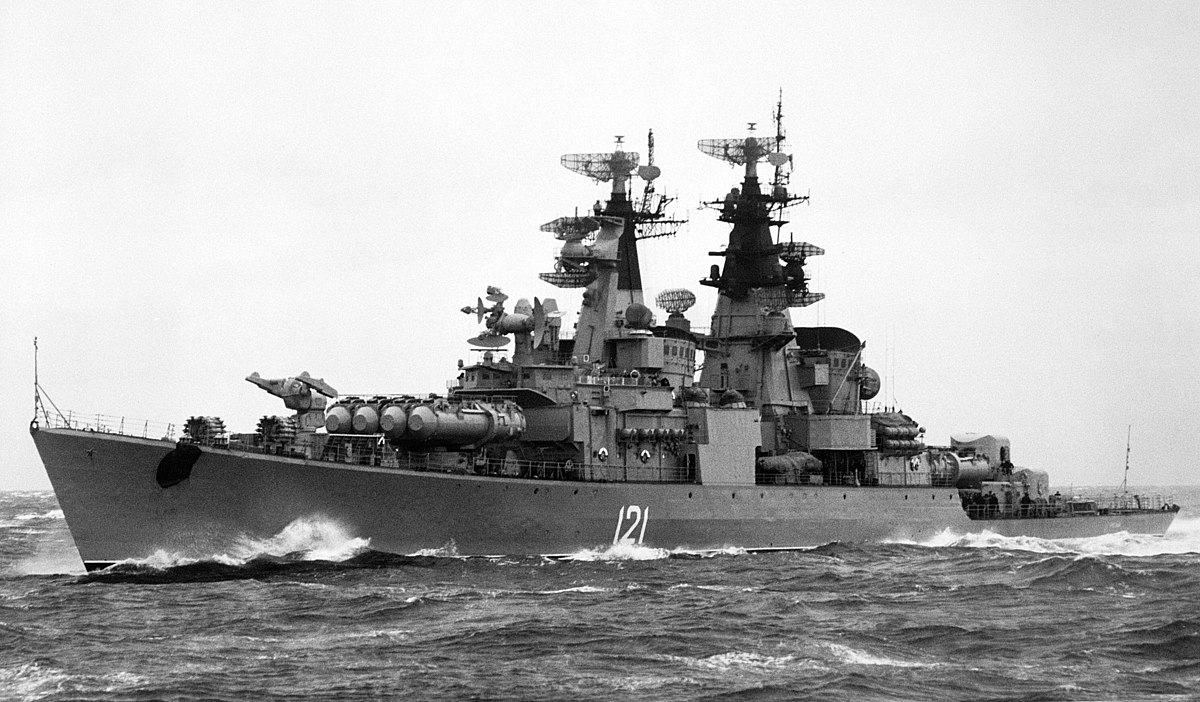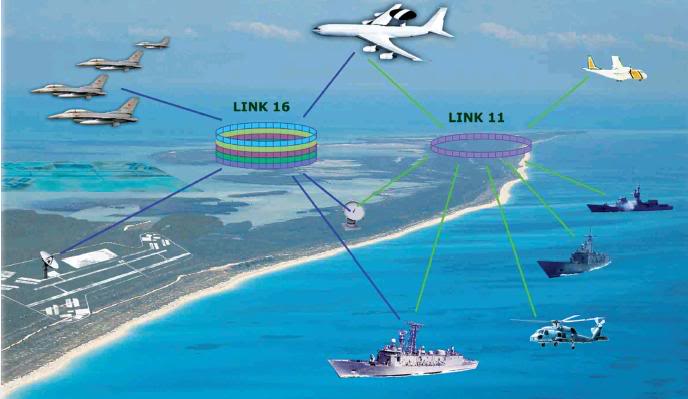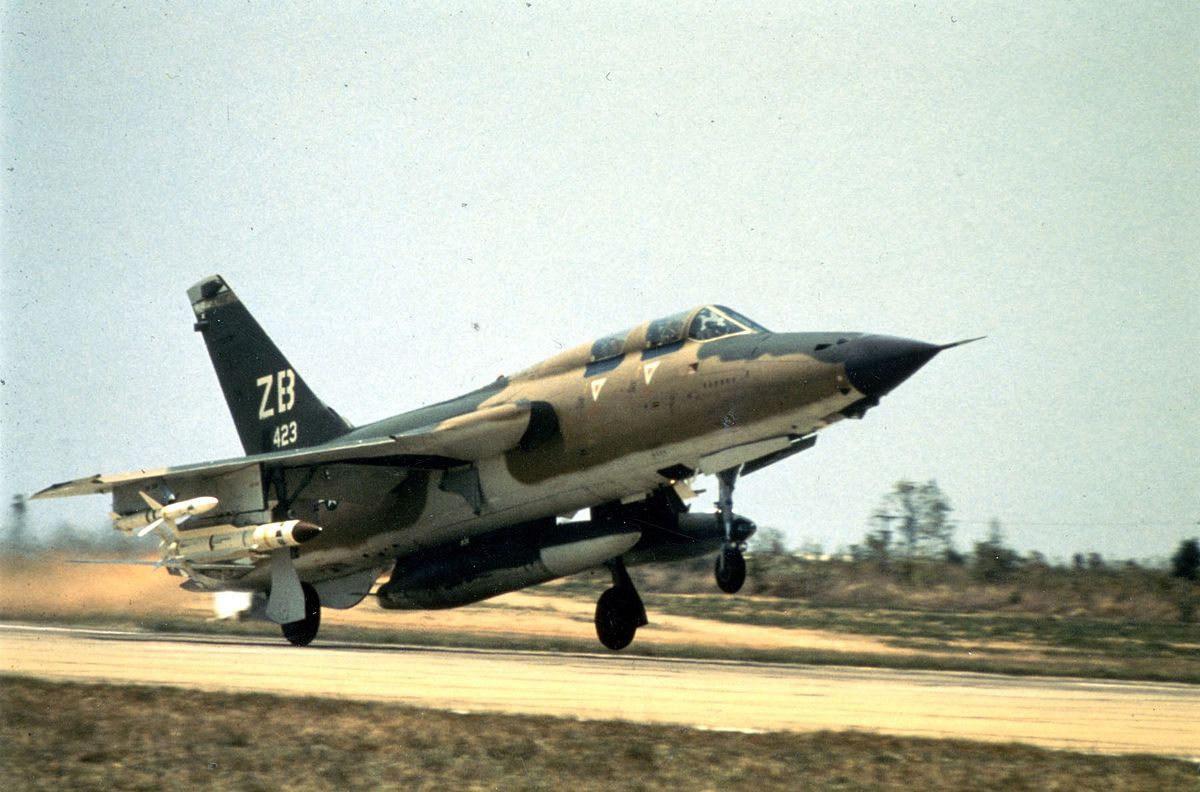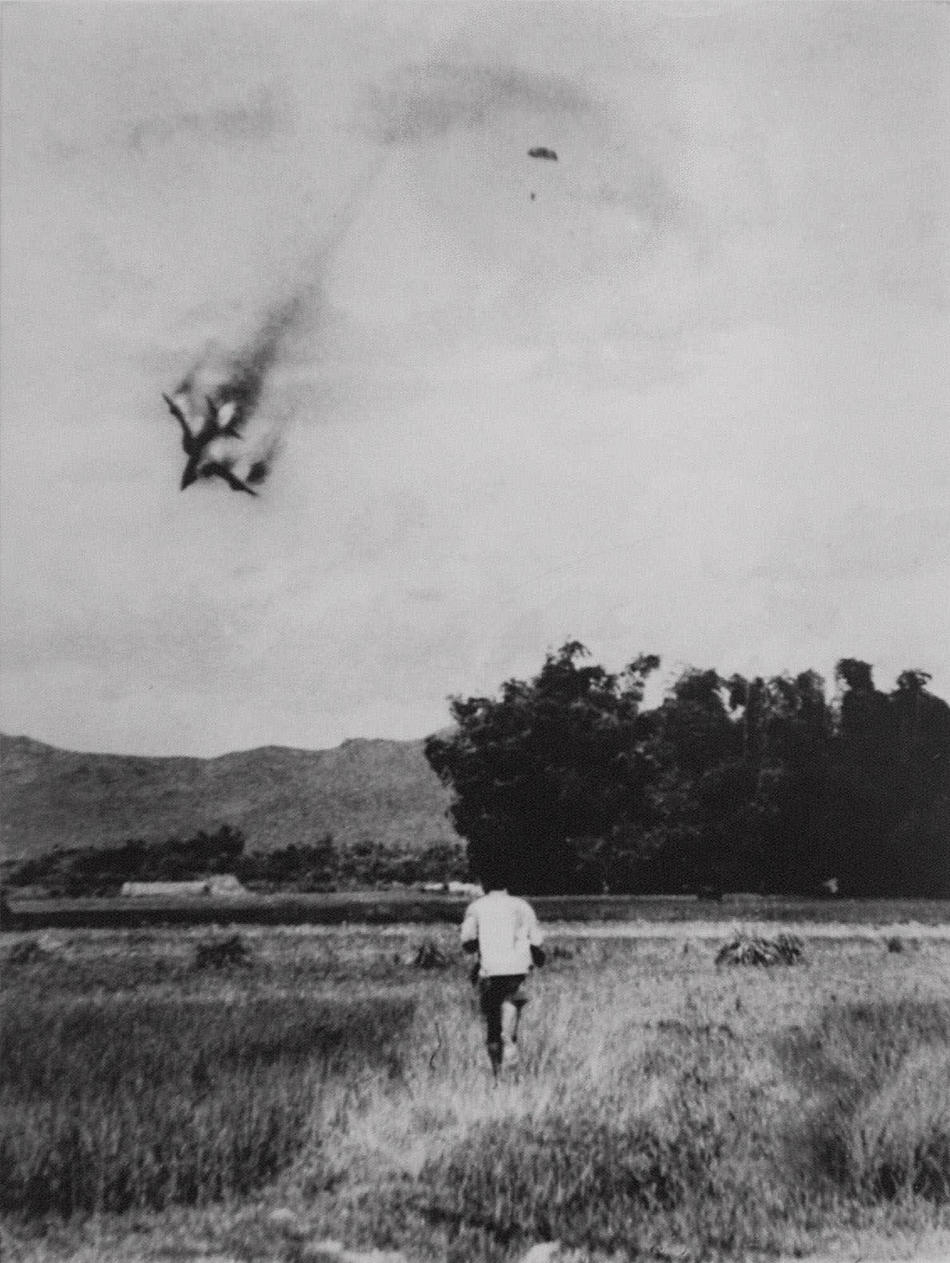On Dec. 8, 1971, the U.S. Seventh Fleet received orders to dispatch Task Force 74 to the Bay of Bengal. The battle group was centered around the aircraft carrier USS Enterprise, accompanied by nine other ships including a nuclear attack submarine. The move occurred in the face of opposition from the naval leadership, including Adm. Elmo Zumwalt, who knew it could achieve little.

In fact, some argue that Task Force 74 was actually intended to pressure the Soviets to make India call off the war. According to this explanation, the task force would harass Soviet ships in the Bay of Bengal, not attack India — a plan which Navy leadership thwarted by slowing the Enterprise’s cruise with a fueling stop in Singapore and assigning it to a corner of the Bay of Bengal where there was a low probability of encountering Soviet ships. They were worried an accident could provoke World War III.
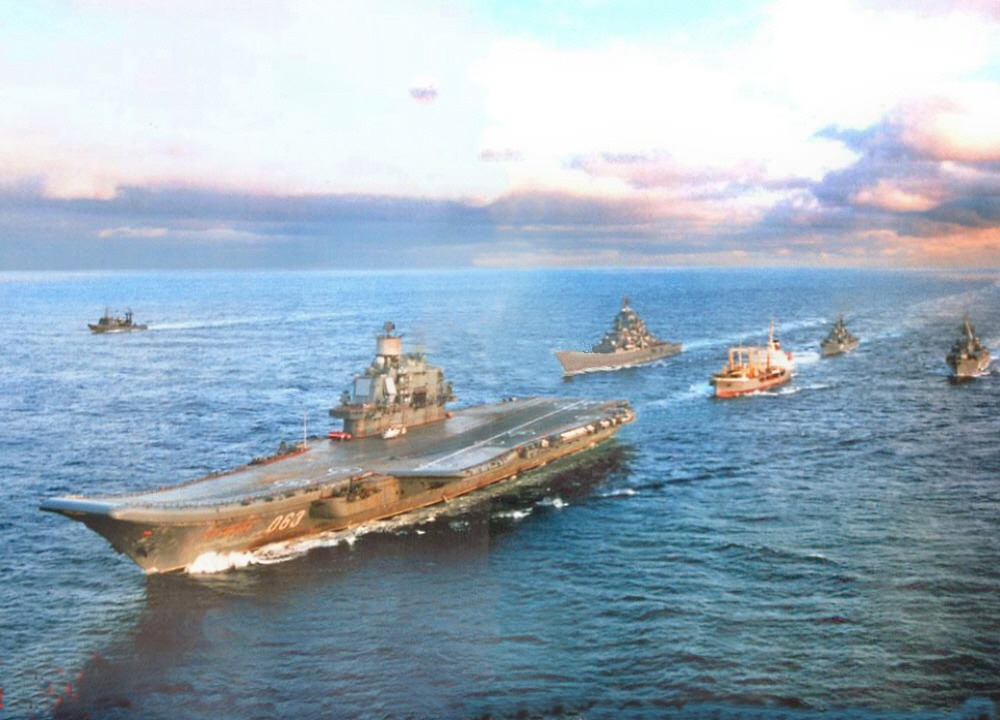
Indeed, a Soviet naval task force from Vladivostok consisting of a cruiser, a destroyer and two attack submarines under the command of Adm. Vladimir Kruglyakov intercepted Task Force 74 in the makings of a deadly Cold War standoff. Kruglyakov gave a rousing account in a T.V. interviewof “encircling” the task force, surfacing his submarines in front of the Enterprise, opening the missile tubes and “blocking” the American ships
https://warisboring.com/in-1971-the-u-s-navy-almost-fought-the-soviets-over-bangladesh/
no nuclear weapons ! and who would win ?

In fact, some argue that Task Force 74 was actually intended to pressure the Soviets to make India call off the war. According to this explanation, the task force would harass Soviet ships in the Bay of Bengal, not attack India — a plan which Navy leadership thwarted by slowing the Enterprise’s cruise with a fueling stop in Singapore and assigning it to a corner of the Bay of Bengal where there was a low probability of encountering Soviet ships. They were worried an accident could provoke World War III.

Indeed, a Soviet naval task force from Vladivostok consisting of a cruiser, a destroyer and two attack submarines under the command of Adm. Vladimir Kruglyakov intercepted Task Force 74 in the makings of a deadly Cold War standoff. Kruglyakov gave a rousing account in a T.V. interviewof “encircling” the task force, surfacing his submarines in front of the Enterprise, opening the missile tubes and “blocking” the American ships
https://warisboring.com/in-1971-the-u-s-navy-almost-fought-the-soviets-over-bangladesh/
no nuclear weapons ! and who would win ?
Last edited:





